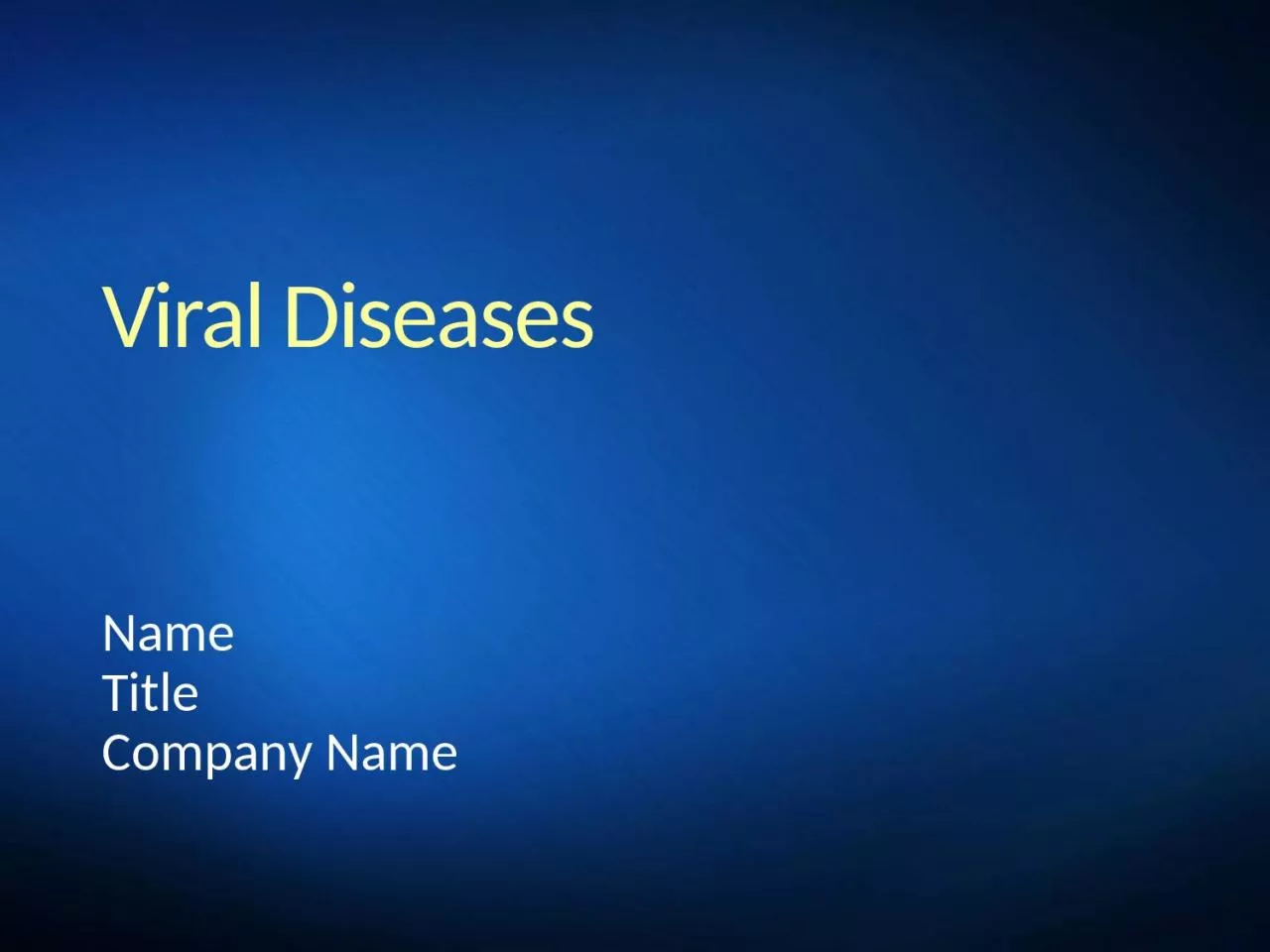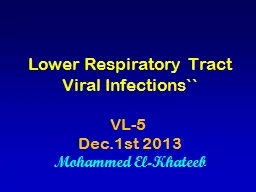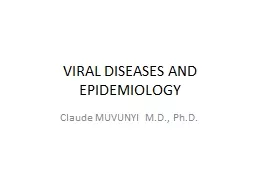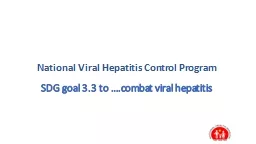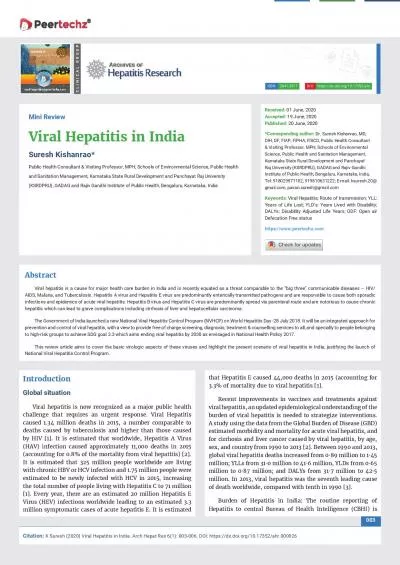PPT-Viral Diseases Name Title
Author : fiona | Published Date : 2022-06-28
Company Name The Herpes Virus Family Cytomegalovirus Chapter 21 Etiology Classified as a herpesvirus Large enveloped DNA virus Cell associated spreads from cell
Presentation Embed Code
Download Presentation
Download Presentation The PPT/PDF document "Viral Diseases Name Title" is the property of its rightful owner. Permission is granted to download and print the materials on this website for personal, non-commercial use only, and to display it on your personal computer provided you do not modify the materials and that you retain all copyright notices contained in the materials. By downloading content from our website, you accept the terms of this agreement.
Viral Diseases Name Title: Transcript
Download Rules Of Document
"Viral Diseases Name Title"The content belongs to its owner. You may download and print it for personal use, without modification, and keep all copyright notices. By downloading, you agree to these terms.
Related Documents

